
Gardening Green with Doug
Future Landscape: My Recap of the Mid Atlantic Nursery Trade Show
By Doug Oster
January 23, 2024
There is something wonderful about walking into a building filled with giant trees, huge shrubs, and aromatic flowers during the dead of winter. Standing in the offices of the Baltimore Convention Center looking over a floor covered with over 1,500 booths filled with everything a gardener could wish for starts my annual visit to the Mid Atlantic Nursery Trade Show. I’m one of nearly 12,000 attendees checking out the latest and greatest introductions for gardeners during the three-day show. It’s the best way to start the year and dream about what can be added to the landscape this season.
My first stop is to see my old friend Rebecca Koraytem, U.S. sales executive with David Austin Roses. I’ve been lucky enough to see many of the Austin varieties on display in England at Kew Gardens, and love them for their beauty and aroma. Koraytem explains some of the special characteristics for these roses. “The fact that they're bred for disease resistance, repeat bloom, all of them are fragrant, with five fragrant profiles,” she says. “They are extraordinarily resilient and adaptive to a multitude of soils and climates.” Austin roses are a cross between the old species rose and more modern roses. “Even though they're bred in England, we see some of the varieties doing even better here (in the U.S.) than they do in England. They like a cold winter and a warm summer,” Koraytem says.
These roses do resemble beautiful old-fashioned roses, with a high petal count, but include modern disease resistance and vigor.
Koraytem is excited about new breeding breakthroughs, which resulted in “Gabriel Oak,” “Eustacia Vye," and others. “The repeat just blows my mind,” she says of the continuing flowering through the season. “They are just covered with blooms, looking amazing.” She recounts a day walking through the trial gardens with David Austin Jr. and seeing a rose she loved, but it didn’t make the grade in Austin’s mind, Koraytem asked him why. “‘Look at those flowers, he said, even though they're big and the colors pretty, they don’t have the magic. The light doesn't pass through it, so we'll never elevate this variety to be something and we're always going to promote the varieties that make the light dance.’”
When asked why people should grow the roses, she says smiling, “because you’re going to be successful; you’re going to be rewarded for years to come.”
I never miss an opportunity to speak with Amanda Freund from CowPots when visiting the show. She jokes about her nickname: “the Cow Crap Cultivator.” Her father converted the manure from their dairy farm into an odor free, biodegradable planting container. Seeds can be started in the CowPot; the container itself is planted in the soil, without disturbing the roots. Unlike a conventional peat pot, the manure-based container will decompose through the season, releasing some nitrogen in the process. “Manure is valuable to your garden,” she says. “You're accustomed to using it as compost, this is taking that compost and just making it a different form.”
Natalie Carmolli and I often joke about the first day we met at MANTS several years ago. It was her first year as PR specialist for Proven Winners ColorChoice Shrubs and was ambushed as I approached her with a video camera. She accepted the challenge and did a great interview. As we sat in an upstairs lobby of the Convention Center, Carmolli discusses the new Deer Proof series of plants for Proven Winners with an obvious heartfelt passion for plants. The company uses something called the Rutgers Scale, which determines how often a plant is damaged by deer. Right now, there are 24 plants in the Deer Proof program, with more to come. Her first plant to highlight is potentilla, the Happy Face series from the company. “I got hooked up with it because I started growing it in my garden, she says. “It never stops being covered with blooms all the way until frost.” The latest color is ‘Happy Face Orange,’ which has large reddish orange flowers and spreads to about three feet. The native plant loves full sun, hardy from zones two through seven, is drought tolerant, and deer show no interest in the shrub. The Happy Face series also includes, white, yellow, and pink colored blooms. “I had ‘Happy Face White’ planted in that front yard and they completely ignored it,” she says of the deer.
‘Sweet & Lo’ sweet box (Sarcococca) will tolerate some shade and has an interesting blooms which smells like jasmine. “These fringy flowers with that little lipstick, red tip on the end of them, that's a fun plant,” she adds. It’s a broadleaf evergreen with shiny thick leaves.
Carmolli spoke to a large media group before we sat down together. She enjoys spreading the word about new plants. “I can get excited and get people excited about any plant that we have, because I know it's going to be really great. I know it's going to offer unique characteristics that other plants in that space just aren't offering. And I know why, she said with a laugh before heading home. There are many more deer-proof plants in the series.
I was intrigued by the Smithers Oasis booth. They have been around for 70 years, inventing floral foam in 1954. The company now offers the only degradable foam on the market, which includes their fun forage line. The idea is to use things from your landscape for arrangements using the Forage Foam. Their website has lots of great information about planting and designing from the garden to create a spectacular indoor floral bouquet.
“Each Forage Foam brick hold two quarts of water, so about half a gallon,” says marketing specialist Jessica Ryan. “You can add some Flower Fuel into it some food and then it keeps your stems hydrated throughout its entire life on your counter.” In many gardens, flowers are cut, brought in for a vase or jar filled with water, which requires changing and re-trimming the stems. “With our Forage Foam, in our containers, you don't have to change your water. You don't have to re-cut your stems, you just have to add a little water when the brick starts to change color,” she says.
They offer pretty, lightweight containers too, which holds the foam. They look like ceramic, but are made from renewables like straw, bamboo skin, corn, and coffee husks. “Oasis forage products are all about bringing your outdoors inside,” Ryan adds. “If you're cutting from your garden, that's the freshest flower you'll ever have.”
The night before the show started, during a blowing rainstorm, Plant Development Services showed off some of their Sunset Plant Collection. Many of the plants were best suited for warmer climates, but the new elephant ears (colocasia) were stunning. ‘Waikiki Royal Hawaiian’ has white and pink veining through shiny large leaves. I grew this one last year and loved it. In a northern climate they are easy to grow as annuals and the large corm (bulb) can be stored inside over the winter.
‘Pharaoh’s Mask’ has been out for a while, but it’s new to me. It has bright green leaves with thick purple veins. ‘Redemption’ colocasia might be the most spectacular of the three with black, heart-shaped leaves, a pink center, and deep pink veining. All three need summer heat and a little shade to color up perfectly. “In the weird way that plants work, we had two different breeders in two different parts of the country have color breaks in colocasia breeding this same year,” says Janet Sleuis director of the Sunset program for the company. “We had one breeder in Hawaii who came up with the ‘Waikiki’ and that was the really the first color bright that we saw with the white coming out of the white and green variegation — only the white in the middle is turning hot pink,” she says, “it’s a wow factor.”
Another part of the Southern Plant Collection includes a series of new boxwoods.
Jim Putnam of the YouTube channel Hort Tube works with the company to help growers produce plants more uniformly. The Better Boxwood series includes four varieties which are bred to be resistant to boxwood blight, which can be fatal to the plant if contracted. “So these are the first scientifically proven blight resistant boxwoods,” he says.
‘Skylight’ has deep green foliage like the other three and won a 2024 People’s Choice Green Thumb award from the National Garden Bureau. It’s a tall variety reaching up to eight feet, but can be shaped as needed like most boxwoods. The boxwoods are hardy from zone five through nine; Western Pennsylvania is mostly zone six, so these are perfect for the area.
“This hybrid vigor that they have is also important for blight resistance but also a vigor and a dark green color and easy maintenance as well,” says Putnam.
The Star Roses and Plants exhibit is filled with interesting new introductions and some classics too.
PR and social media manager Leah Palmer highlights two brand new roses starting with ‘Easy Bee-zy Knock Out.’ “This rose has very bright yellow flowers with long lasting color, says Palmer. “They have light citrus fragrance and as the name suggests, it's a pollinator friendly plant,” she says. “The bees really love ‘Easy Bee-zy.’” Knock Out roses are known for their toughness, this one is compact, getting about three to four feet wide and high. ‘Orange Glow’ is a little bit taller, almost five feet with good disease resistance and has been a top performer in trials.
The first Knock Out roses were introduced in 2000. “They'll be in bloom from spring to frost, which is great,” she says. “They're self-cleaning, so you really don't have to do any work besides water it and make sure it gets sunlight. They're just really, really great roses.”
One of the trends over the last several years has been the introduction of more diminutive plants. There are two redbuds offered by the company that can actually be grown in pots or used in smaller gardens.
‘Garden Gems Emerald’ with reddish green leaves and ‘Amethyst’ with purple foliage. They get about eight to 10 feet tall, around 10 feet wide, are upright and compact.
They both have early blooming pinkish flowers before the colorful foliage appears.
Palmer echoes the message heard from many here at the show when she explains why she enjoys being in the business. “I get these relationships with people that love plants, and it's really cool to see how much enjoyment they get from seeing the beauty from their hard work,” she says with a smile. “Planting is their passion, people are so passionate about gardening, to me — that brings joy.”
Phipps’ Orchid and Tropical Bonsai Show is open now.
“In The Mist” is the theme of this year’s Orchid and Tropical Bonsai Show at Phipps Conservatory and Botanic Gardens. The conservatory is filled with colorful orchids along with mature bonsai trees, some which are over 40 years old. It’s the perfect place to visit on a cold winter day. The show runs until March 3rd.
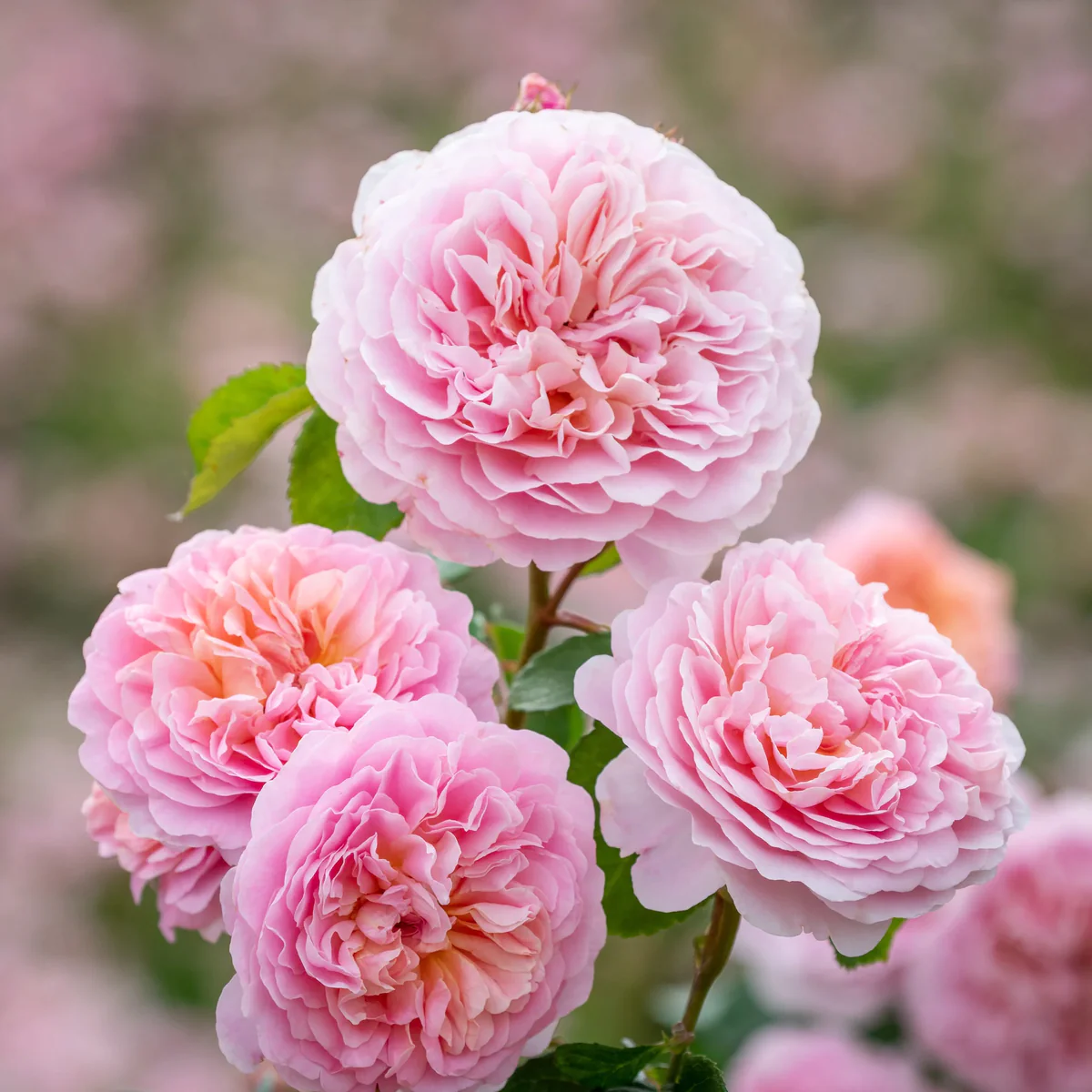
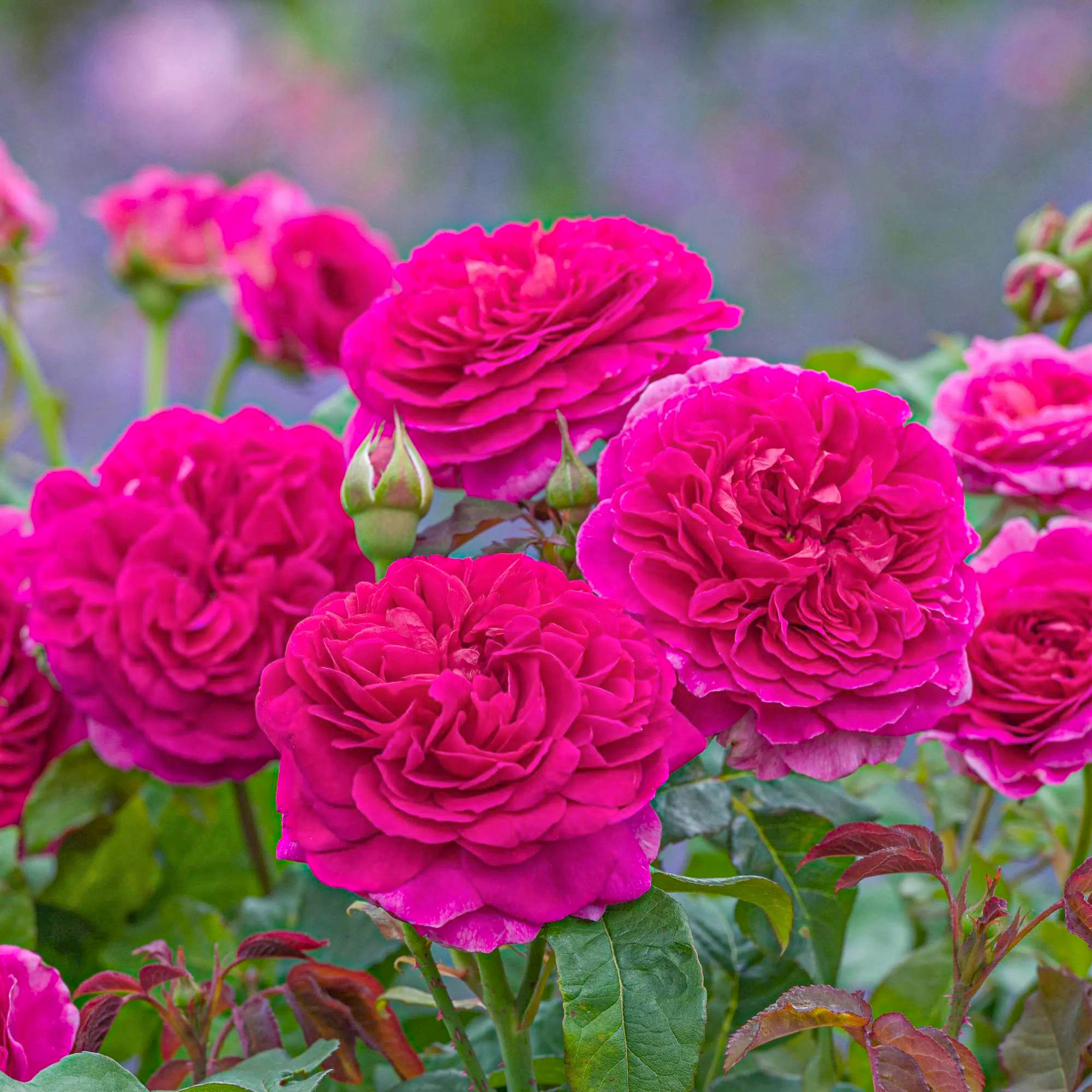
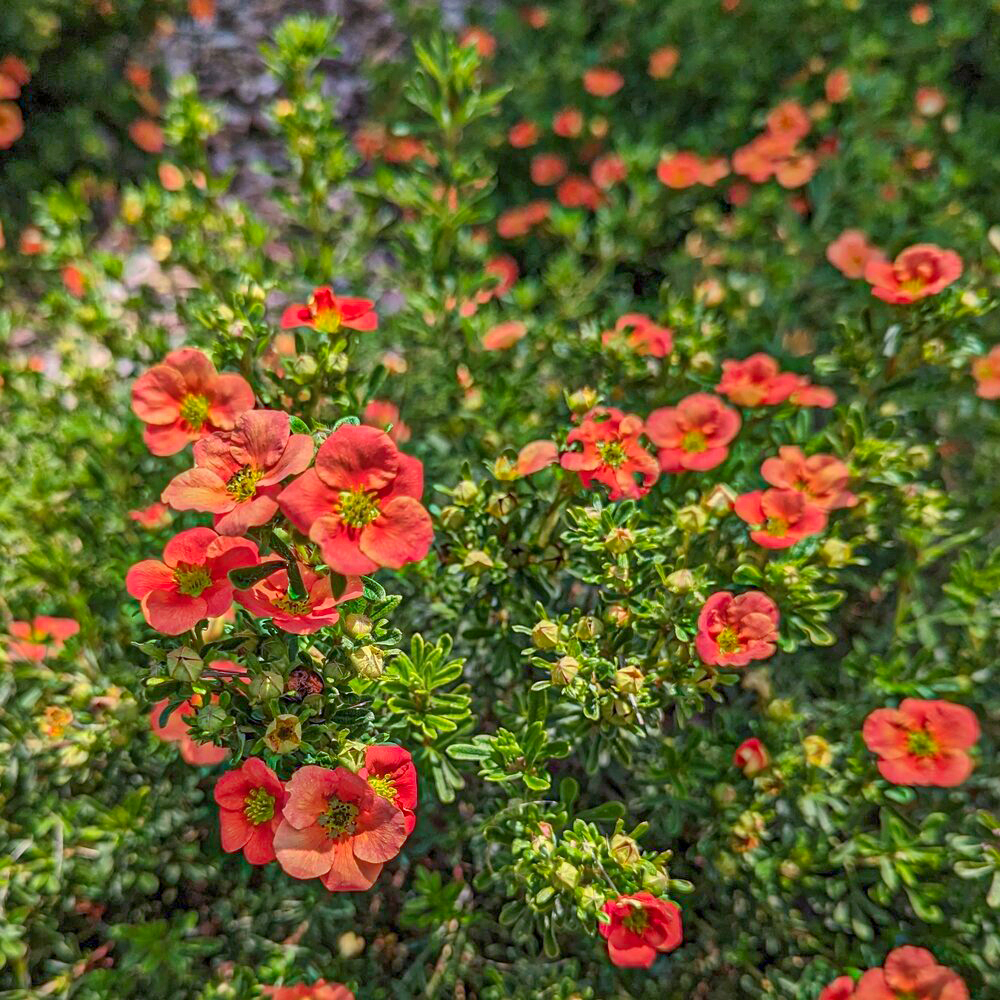
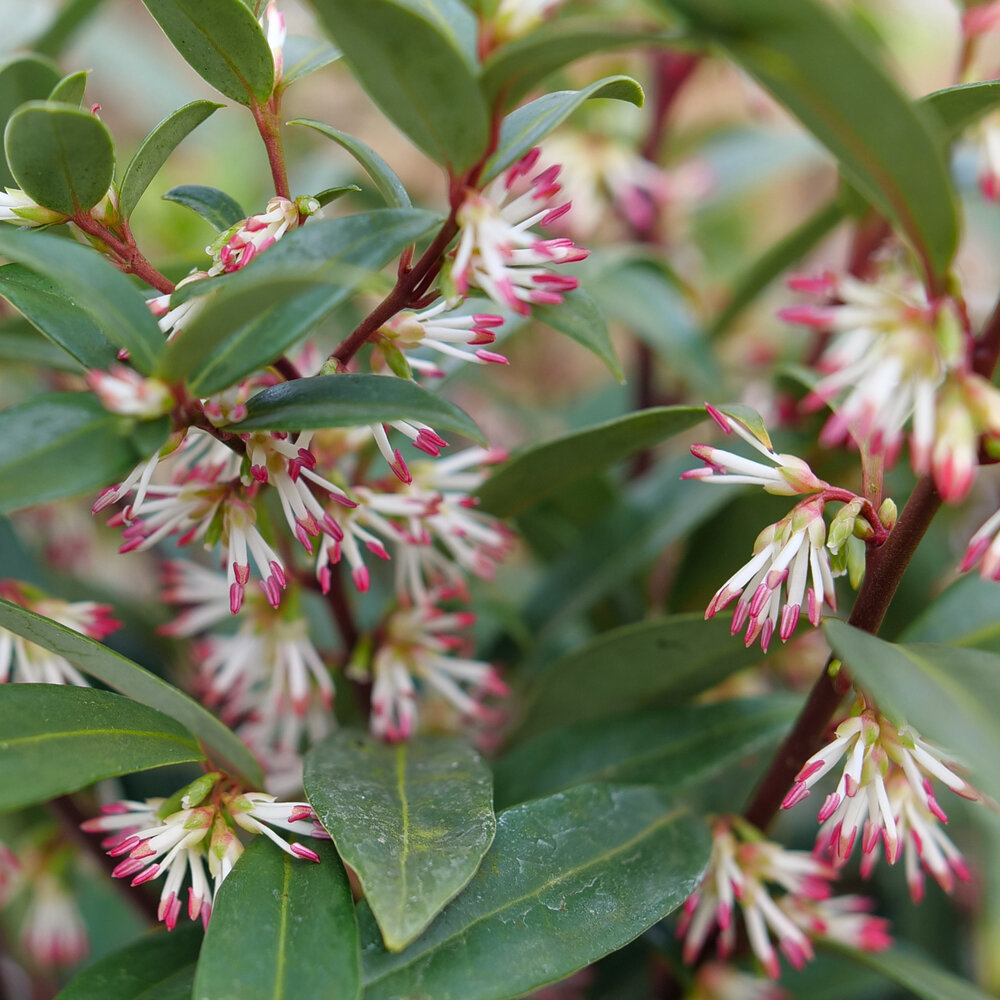
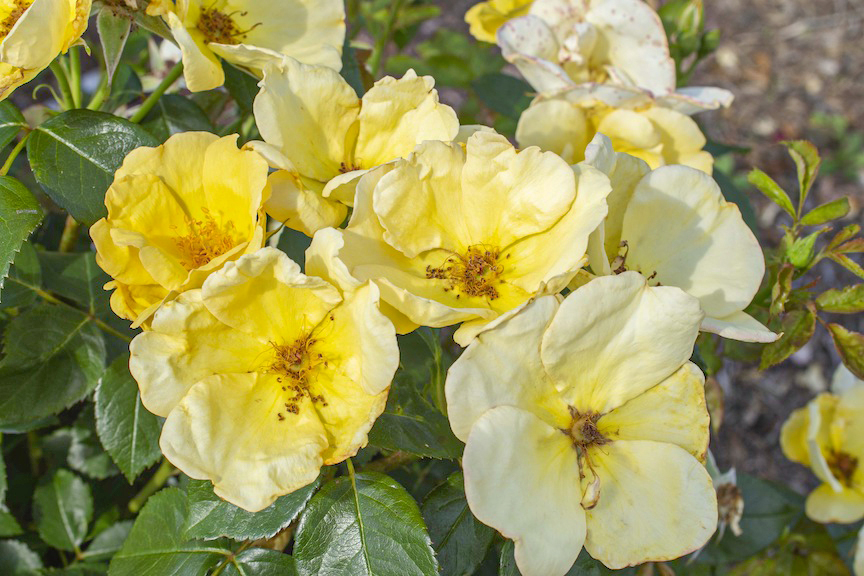
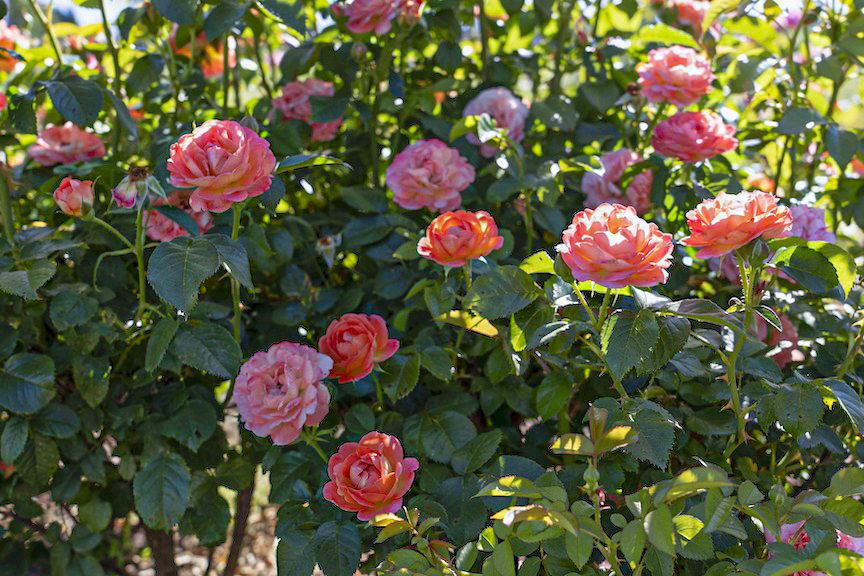
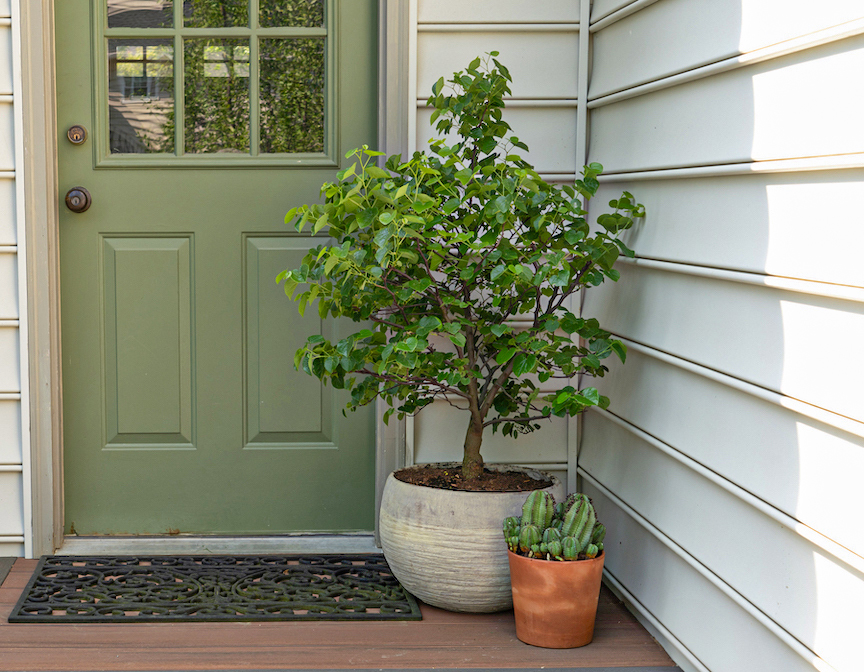
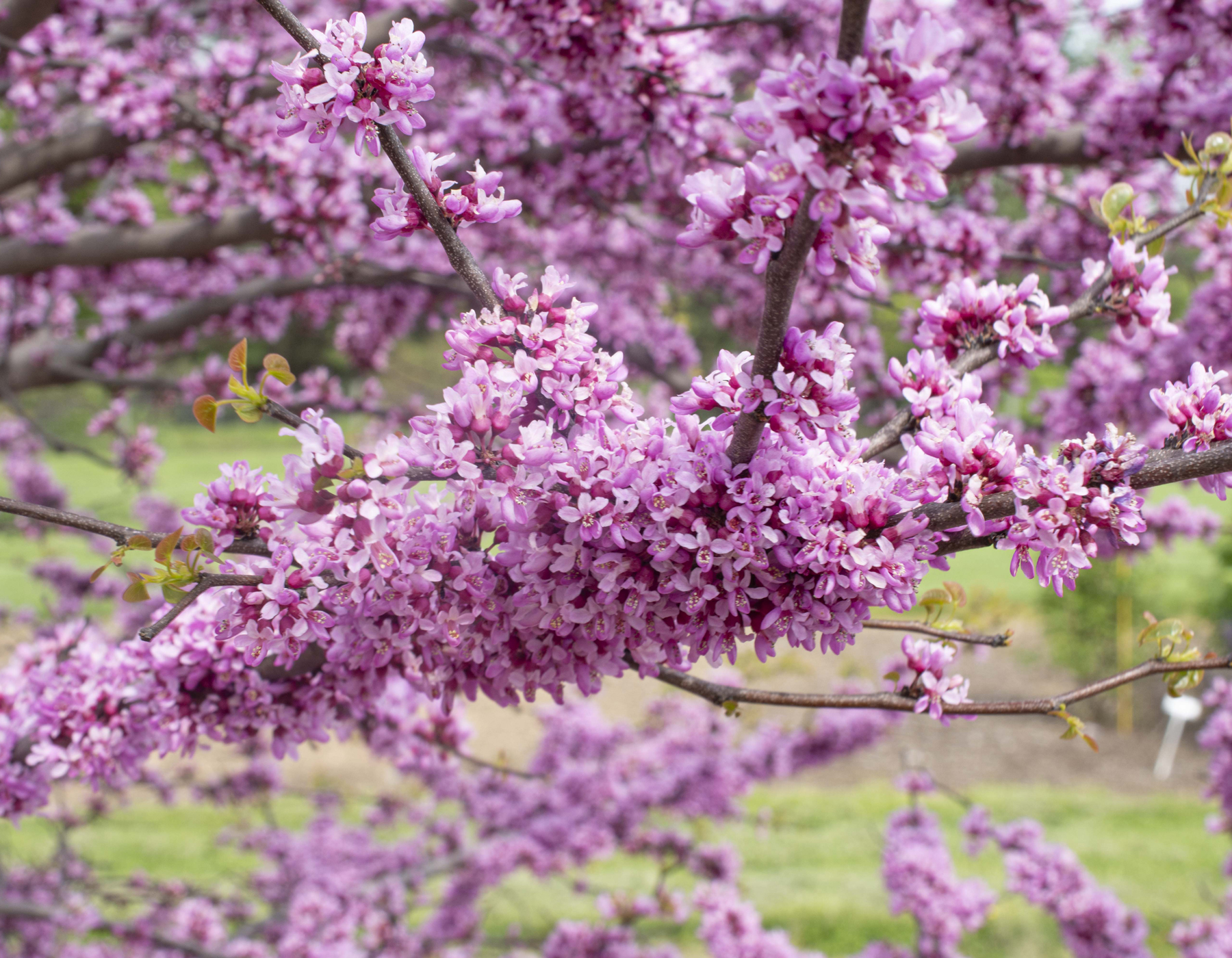
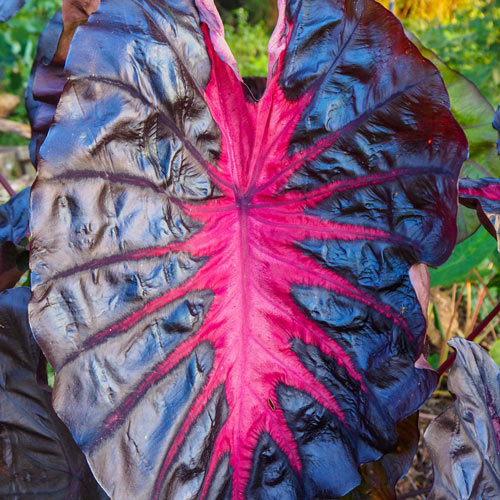
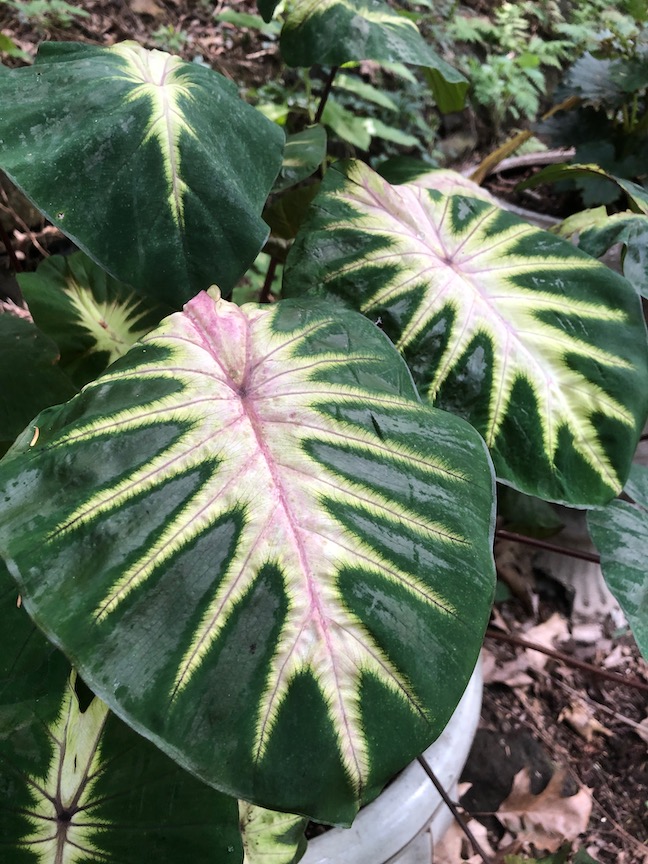
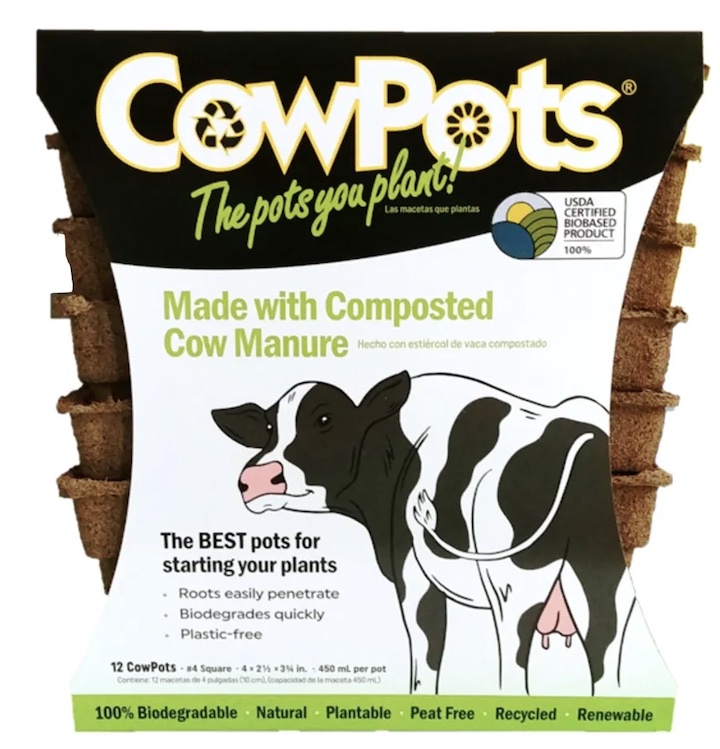
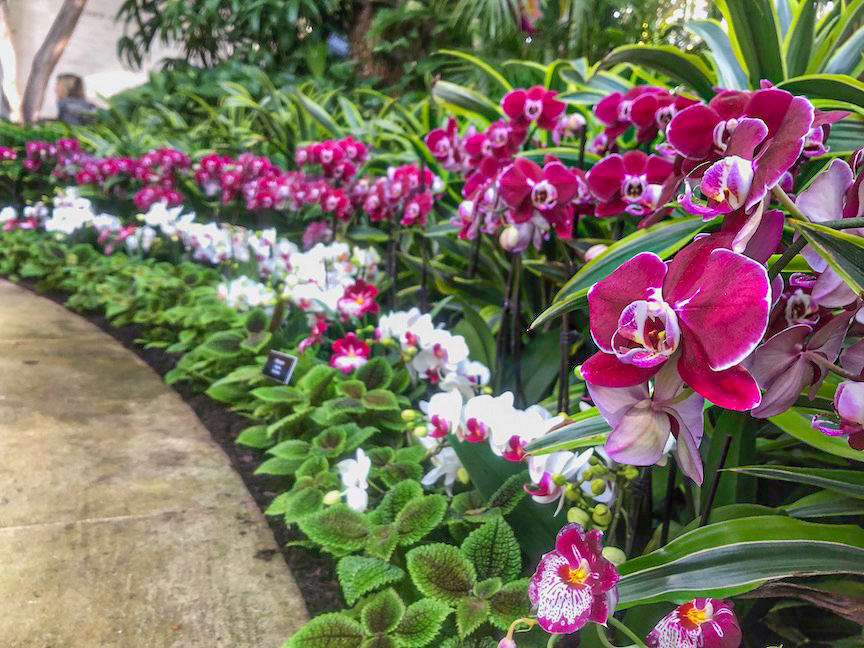

Leave A Comment